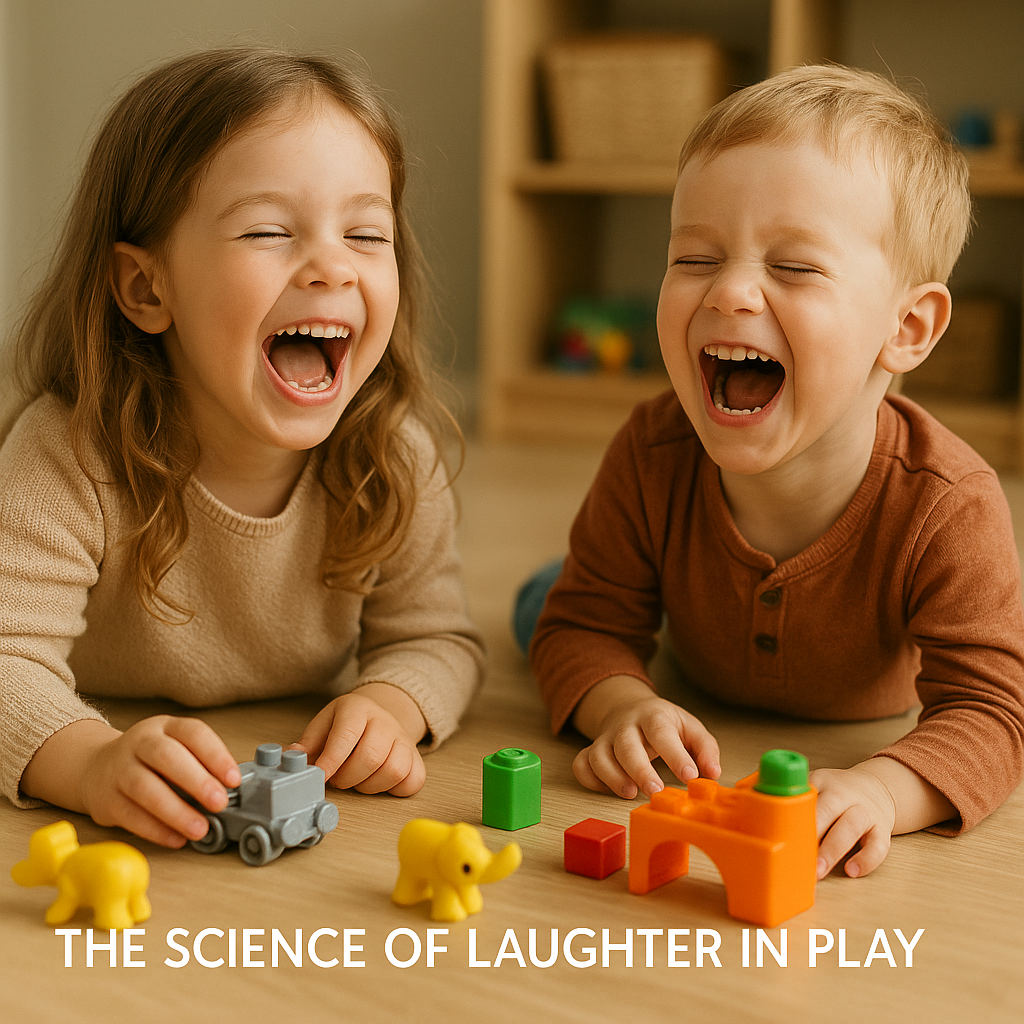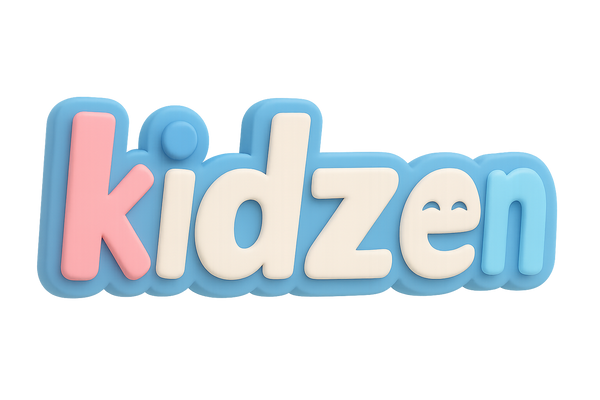
The Science of Laughter in Play
Share
Why Laughter Matters More Than We Think
When children laugh during play, it’s more than just a joyful sound—it’s a sign that their brains and hearts are connecting. A 2020 study in Frontiers in Psychology found that laughter stimulates areas of the brain linked to social bonding and memory, making playtime a powerful developmental tool.
Laughter and Brain Development
Neurological research shows that when kids laugh, their brains release dopamine and endorphins, chemicals that not only create happiness but also support learning. According to a 2019 review in the Journal of Child Development, children who experience humor and laughter in play show better problem-solving skills and greater emotional regulation.
Building Social Bridges
Laughter is also a universal social signal. When kids giggle together over a silly toy or shared game, they’re learning how to cooperate, share attention, and resolve conflicts. A 2018 study in Early Childhood Research Quarterly highlighted that children who engaged in humor-filled group play developed stronger peer relationships and reported higher levels of empathy.
Practical Ways to Encourage Laughter in Play
-
Silly Role Play: Let kids pretend to be animals, superheroes, or even funny versions of their parents.
-
Toys That Spark Humor: Toys with sound effects, wobbly movements, or unexpected outcomes (like jack-in-the-boxes) naturally trigger laughter.
-
Join the Fun: When parents laugh with their children, it models positive emotional expression and strengthens family bonds.
Closing Thought
At Kidzen, we believe that every giggle is a small step toward a happier, smarter, and more connected child. Laughter in play isn’t just noise—it’s nature’s way of teaching children how to grow, connect, and thrive. 🌈
